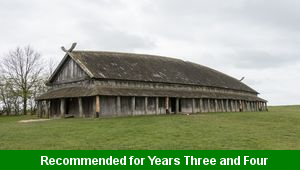Desert Words

This English teaching pack for Key Stage Two gets the children to select and order synonyms for powerful adjectives that can be used to describe different nouns that are connected to parts of a desert.
The class can collect and record a list of vocabulary words to use in example sentences that can describe one feature of a desert such as the dunes or an oasis.
Download this teaching pack including display posters, classroom activities and an interactive presentation to select and order synonyms for powerful adjectives that can be used to describe different nouns that are connected to parts of a desert
Activities in this teaching pack include display posters and a vocabulary word bank to identify and define special vocabulary words that can be used to describe nouns connected to a desert and a worksheet to select and order sets of adjectives that can be used to describe desert nouns such as the dunes and an oasis.
The interactive presentation gets the children to explore how to order powerful adjectives that can be used to describe nouns connected to parts of a desert.
This lesson is part of an English scheme of work to get the children to practise making lists of synonyms for different adjectives to use in sentences describing some of the special places that can be found in the world. There are teaching activities for shared learning, differentiated worksheets to support independent learning and interactive presentations to introduce concepts and key skills.
-

New Start
Explore how to prepare for and deal with some of the new events and special occasions that someone might experience in life
-

Viking Settlement
Explore how the Vikings settled and built communities in Britain in the past by referencing their culture and traditions
-

Changing Seasons
Investigate changes that can happen to the natural world during the four seasons of the year and reflect on similar changes that can occur in people’s lives
-

Chinese Dragons
Select and combine different mouldable and other materials to create masks representing dragons that can be worn during a performance dance
